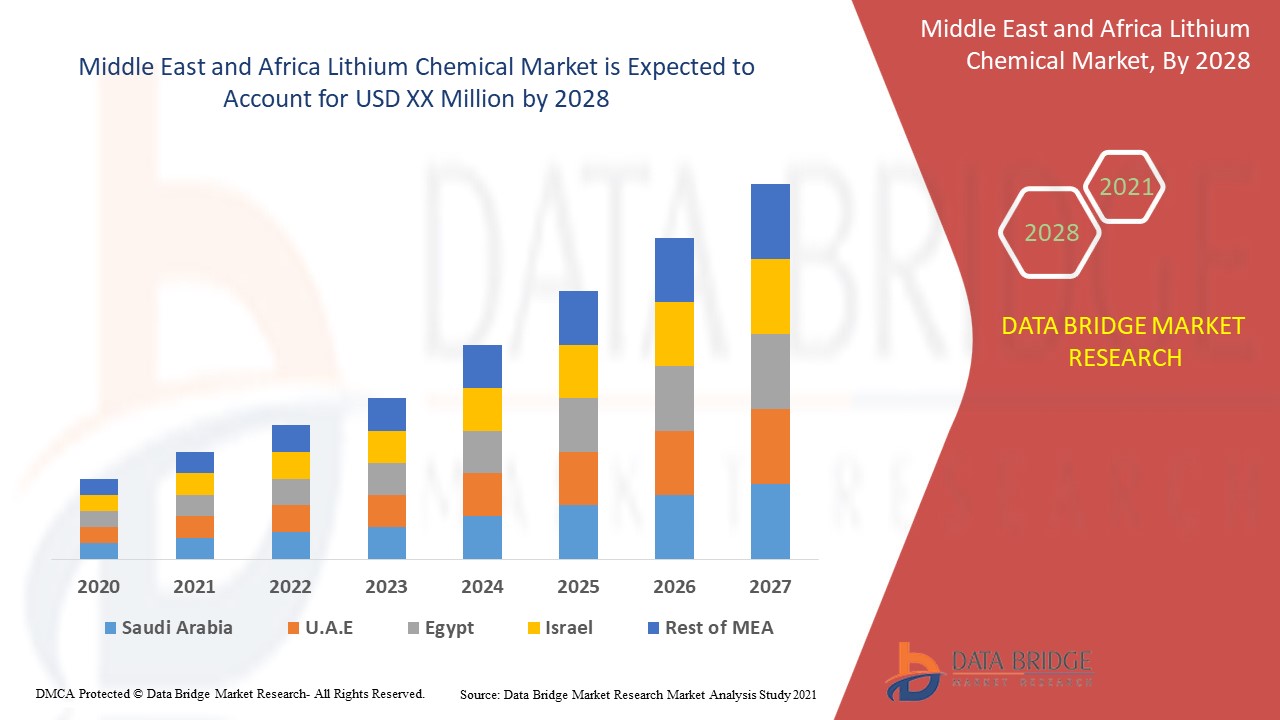Inside IMF Finance: How the IMF Supports Global Economies
The International Monetary Fund (IMF) is often called upon to provide critical financial assistance during economic crises. But while its lending programs are widely recognized, the mechanics of IMF Finance.

The International Monetary Fund (IMF) is often called upon to provide critical financial assistance during economic crises. But while its lending programs are widely recognized, the mechanics of IMF Finance—how it gathers and manages its financial resources—are less understood. This article explores the layered approach the IMF uses to finance itself globally.
The starting point of IMF Finance is its quota system. Each of the IMF’s member countries contributes financial resources called quotas. These are calculated based on a nation’s economy, including factors like GDP, trade volume, and currency reserves. This quota acts as the country’s stake in the IMF and forms the fund’s main pool of money for lending activities.
Quotas are not only a funding mechanism but also a measure of influence. The size of a country’s quota determines how much it can borrow, how many votes it has in IMF decisions, and how much it contributes to IMF Finance. The larger the economy, the greater the financial contribution and decision-making power.
However, the IMF’s ability to respond to global emergencies would be limited if it relied only on quotas. That’s why it supplements this funding through borrowing. The IMF has two main borrowing tools: the New Arrangements to Borrow (NAB) and Bilateral Borrowing Agreements (BBAs). These act as a financial cushion, boosting the fund’s lending capacity when global needs surge.
The NAB includes commitments from several major economies that agree to lend to the IMF when its regular resources are insufficient. These resources are especially useful during financial meltdowns or pandemics when many countries may need assistance at the same time. BBAs are more tailored, short-term arrangements between the IMF and individual countries. They serve as an extra buffer in the IMF Finance architecture.
In addition to direct funding sources, the IMF utilizes Special Drawing Rights (SDRs) to enhance global financial liquidity. SDRs are reserve assets created and allocated by the IMF to its members. They are based on a basket of major currencies and can be exchanged between countries. Though not actual currency, SDRs serve as a tool that adds flexibility and depth to IMF Finance.
Revenue generation is also a key part of IMF Finance. When countries borrow from the IMF, they are charged interest and service fees. These charges vary depending on the loan amount, repayment duration, and economic conditions. These fees help cover administrative costs and ensure the IMF remains financially independent.
The IMF also invests its surplus funds in low-risk government bonds and other secure instruments. These investments generate returns that further support IMF Finance operations. By investing prudently, the fund ensures it has additional income sources without risking capital loss.
Another crucial element of IMF Finance is precautionary balances. These are financial reserves set aside to protect the IMF from losses in case a member fails to repay its loan. Maintaining healthy precautionary balances is vital for sustaining the trust of member nations and the stability of the global monetary system.
The IMF’s concessional lending program, which targets low-income countries, is financed separately. It operates through the Poverty Reduction and Growth Trust (PRGT). Donations from wealthier countries help fund this trust, which offers loans at lower interest rates. This arm of IMF Finance is dedicated to promoting equitable development and financial inclusion.
Transparency is central to how IMF Finance operates. The IMF publishes regular updates on its financial activities, including audited reports, income statements, and quota reviews. This open access to information helps maintain credibility and reinforces accountability to its stakeholders.
The institution’s governance system ensures that IMF Finance decisions are made collectively. The Executive Board, representing all member countries, reviews financial strategies, budget allocations, and lending frameworks. This shared decision-making process aligns the fund’s financial practices with the interests of its diverse membership.
IMF Finance, therefore, is more than a collection of funding sources; it's a globally coordinated system that balances financial strength, flexibility, and fairness. Through a combination of member quotas, borrowing arrangements, SDR allocations, and investment income, the IMF builds a resilient financial base. This base allows it to provide rapid and sustained support to countries in crisis, while remaining a stable and trusted institution on the world stage.
Read Full Article: https://businessinfopro.com/understanding-how-the-imf-finances-itself-globally/
About Us:
At BusinessInfoPro, we empower professionals with actionable insights, expert strategies, and the latest trends in business, marketing, and technology. Our mission is to deliver accurate, up-to-date information that helps entrepreneurs, marketers, and decision-makers drive growth and innovation. Whether you're exploring digital marketing, performance strategies, or emerging tech, our content is designed to guide your success. With a commitment to clarity, relevance, and quality, BusinessInfoPro serves as your trusted partner in navigating today’s dynamic business landscape. Stay ahead of the curve with expert analysis, how-to guides, and informed perspectives that turn knowledge into impact.
































